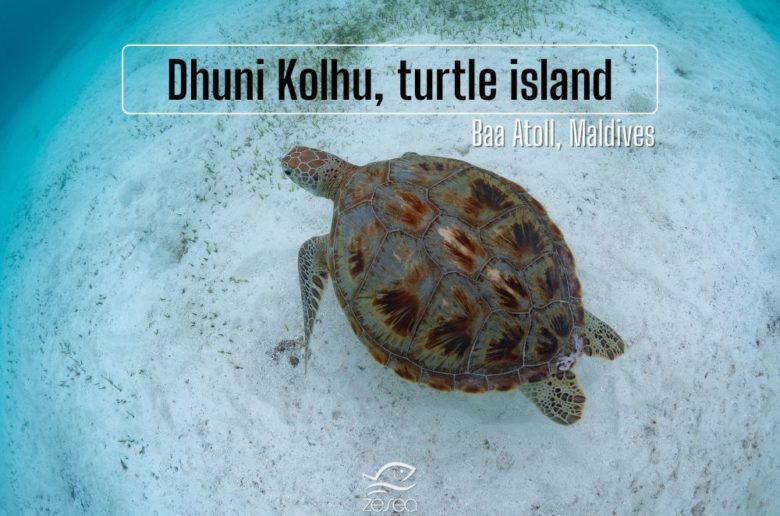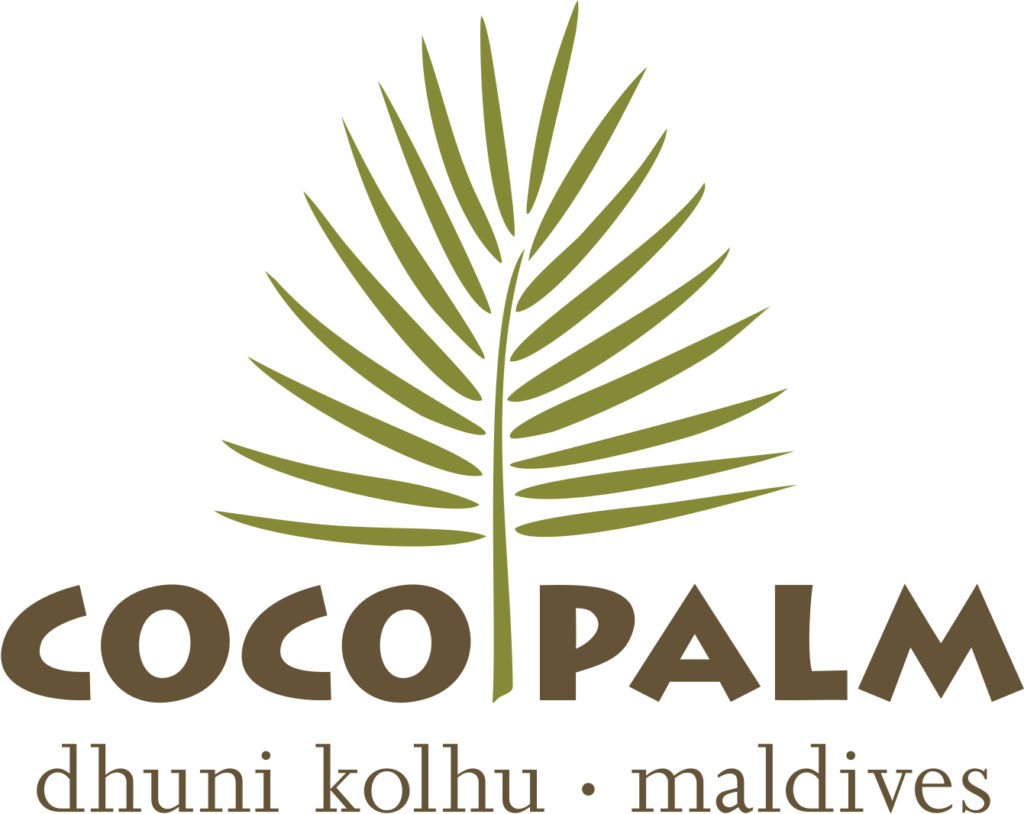Sommaire
The Maldives is one of the world’s most popular destinations for scuba diving. And just as much, of course, for its breathtaking postcard landscapes, so sought-after for honeymooners. More than 10 years ago, I discovered the underwater riches of the Maldives during an educational liveaboard I led in the central part of the archipelago. This time, it’s a wonderful photographic collaboration with Coco Collection Hotels that has led me, accompanied by my life and diving partner, to discover an exceptional island on the Baa atoll that I’ve been dreaming of exploring for so long. I take you to Dhuni Kolhu, a veritable paradise for sea turtles. Among other things…
Dhuni Kolhu, in the heart of Baa Atoll Biosphere Reserve
Nestled in the Indian Ocean, Baa atoll lies in the north-western part of the Maldives archipelago, like a jewel case of unspoilt nature. Classified as a Biosphere Reserve by UNESCO, it is home to exceptional marine biodiversity which, although much less frequented than the central region, attracts divers from all over the world.
To the southwest of Baa Atoll, Dhuni Kolhu is a small island paradise, surrounded by pristine white sand beaches and bordered by crystal-clear turquoise waters. Covered in lush tropical vegetation, it offers an intimate, untamed ambience. It’s a true haven of peace, prized for its bungalows on stilts, its villas lost in the forest and its eco-responsible atmosphere, perfectly maintained by the Coco Palm Dhuni Kolhu Resort. Ideal for both romantic and solo getaways, it embodies the quintessence of discreet, natural luxury.
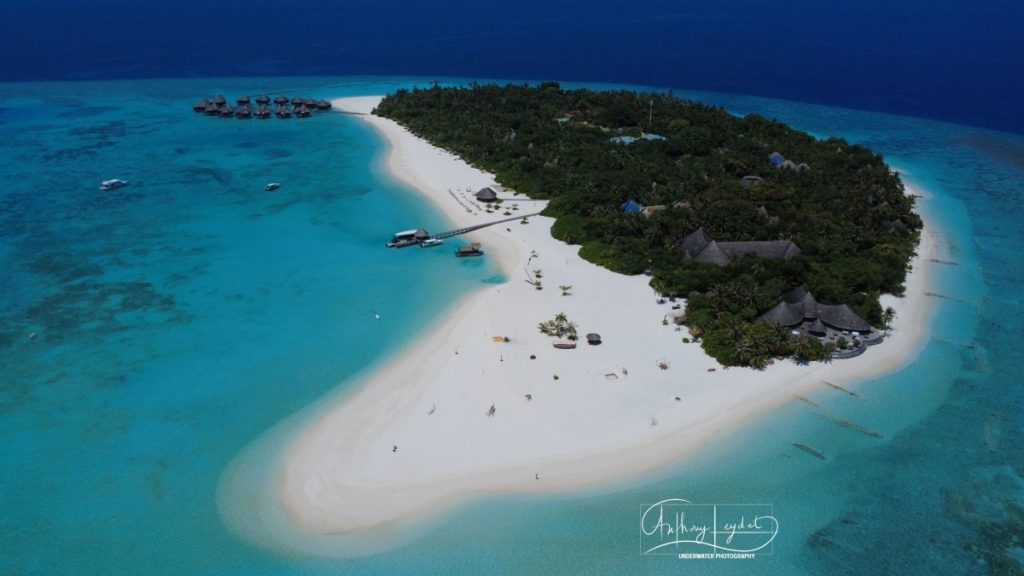
The small island measures no more than 660m long and 290m wide, and is only accessible from Malé by seaplane… an experience in itself ! Located 120km from the capital, it takes around 40min to reach the turquoise waters of Dhuni Kolhu.
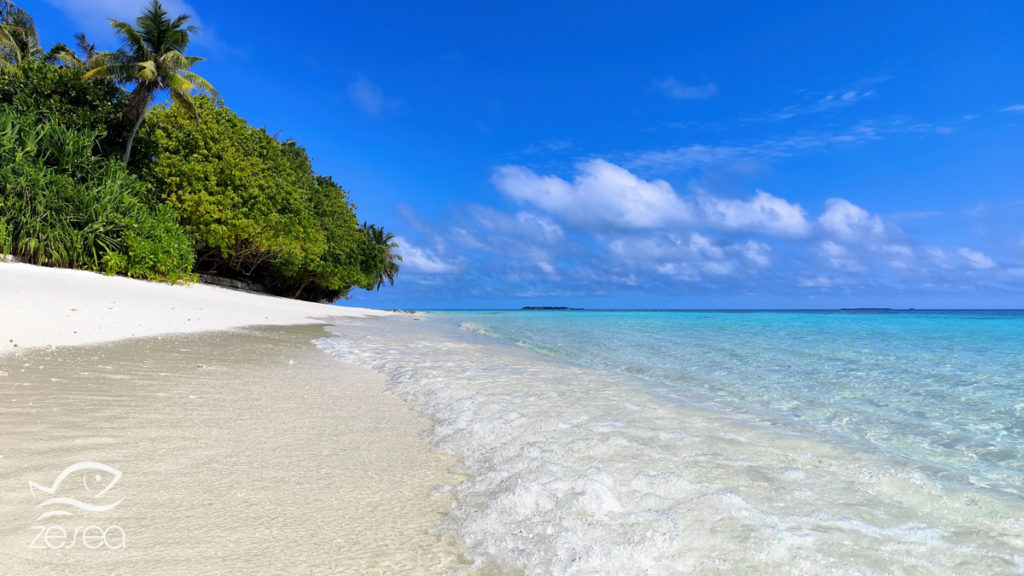
An ideal feeding ground for green turtles
It takes no more than a few minutes for anyone to realize that this is a veritable paradise for sea turtles. After a long journey, there’s nothing better than relaxing in the lagoon and soaking up the scenery. The west side of the island is home to a vast seagrass field accessible directly from the beach, between the jetty and the villas on stilts. And just 30m from the shore, you’ll discover numerous green turtles in just a few minutes.
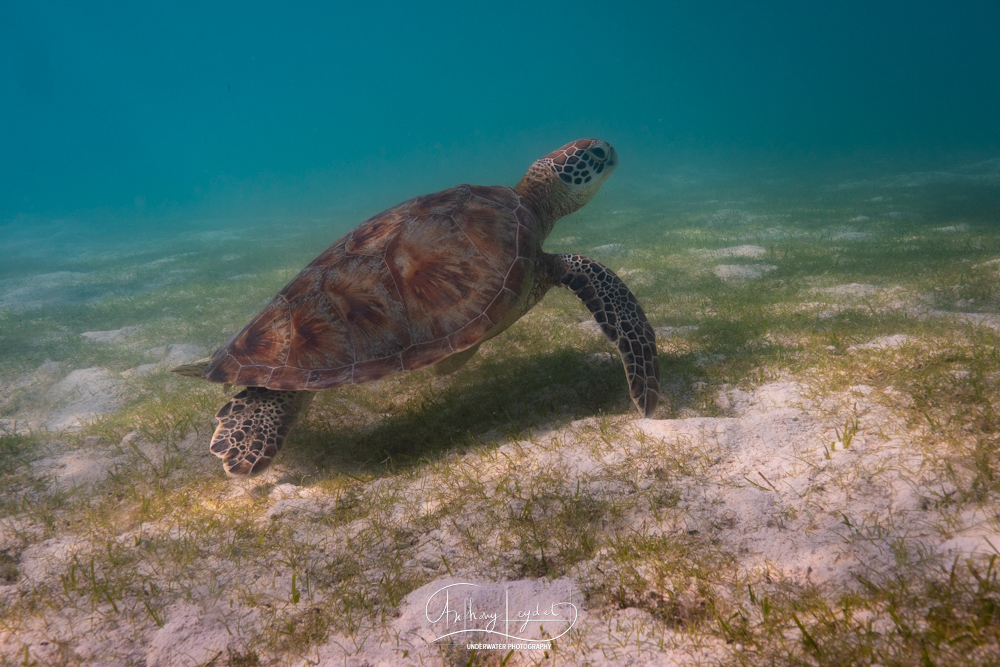
Some rather young, others more mature, they graze peacefully and seem quite at peace with the curious swimmers who come to say hello. For here, we’re a long way from mass tourism, and tranquillity, both on land and in the water, is the watchword.
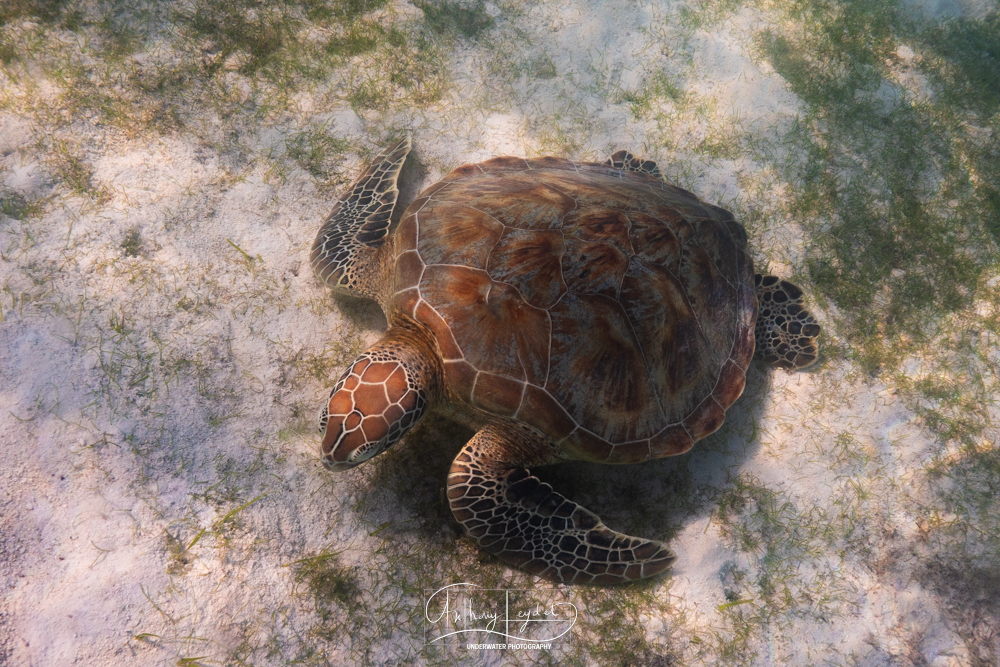
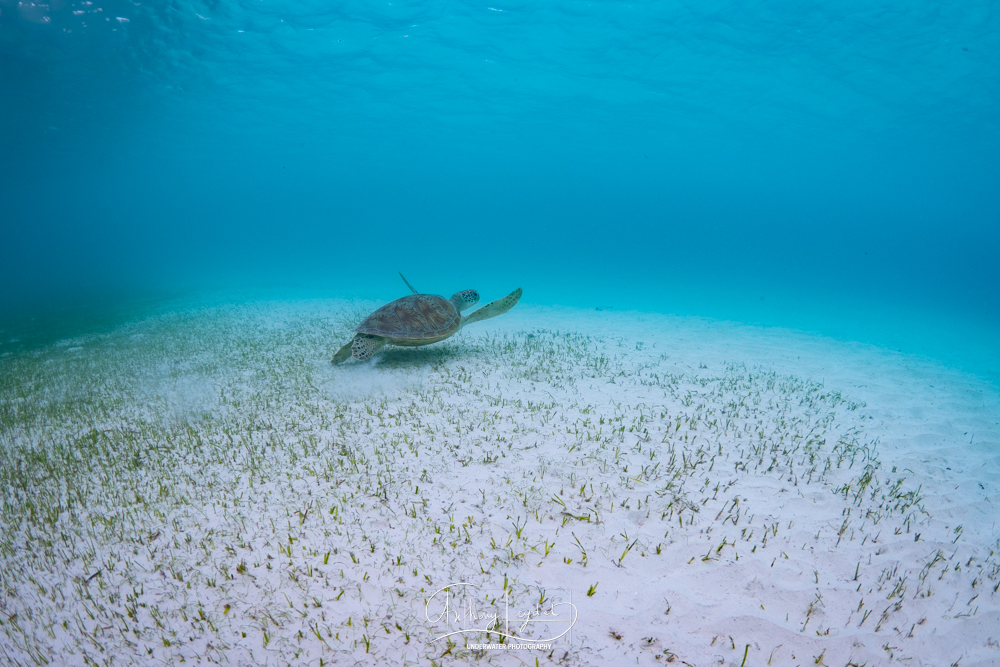
The green turtle, whose scientific name is Chelonia mydas, is a herbivore found in the seagrass beds of tropical waters. Threatened worldwide by poaching, pollution and loss of nesting sites, it is now listed as endangered on the IUCN Red List.
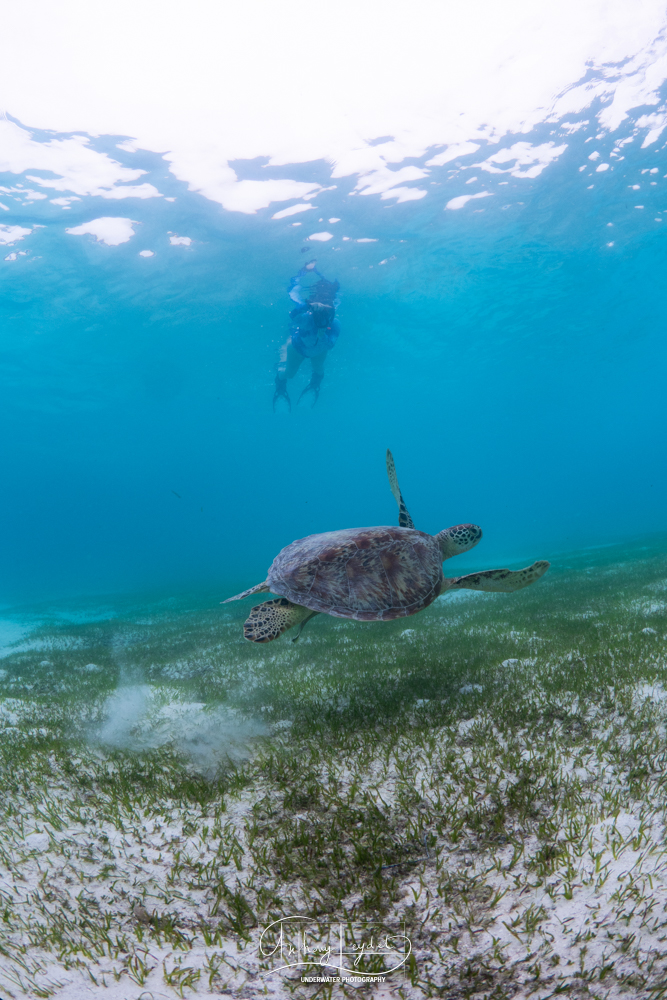
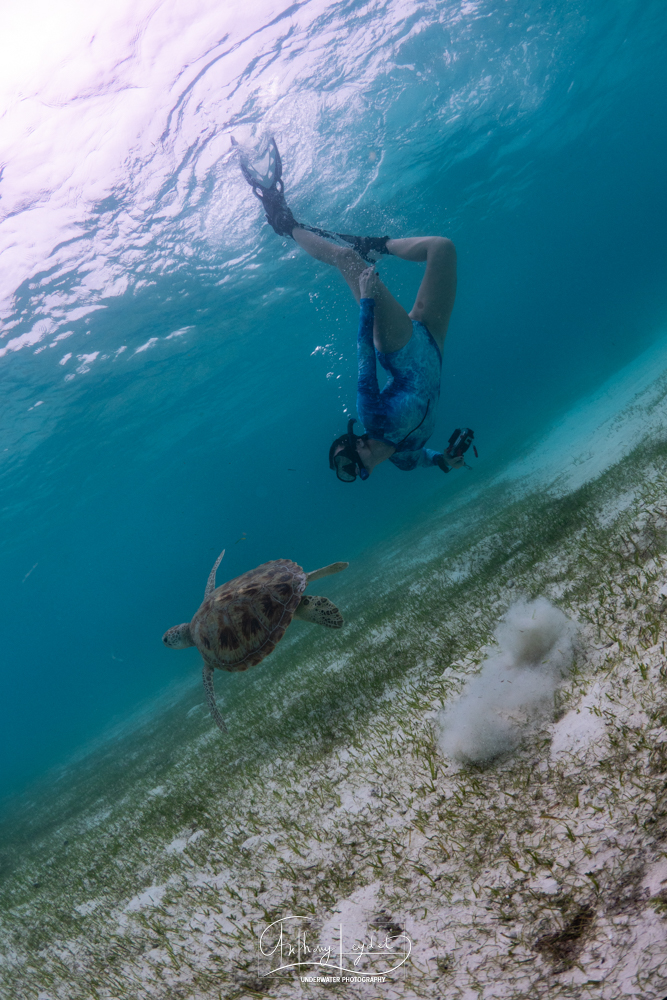
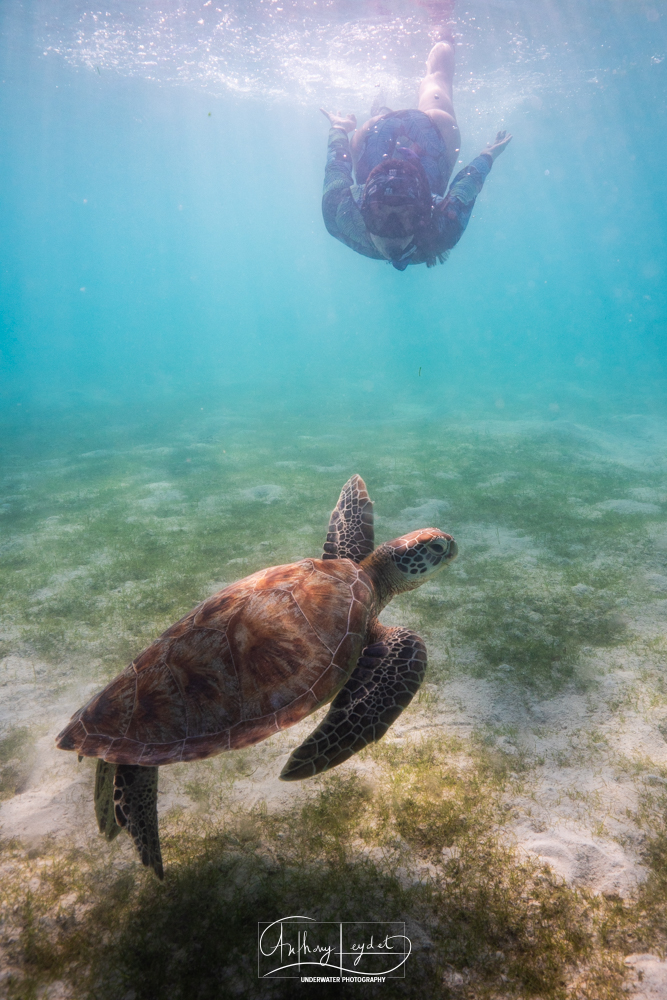
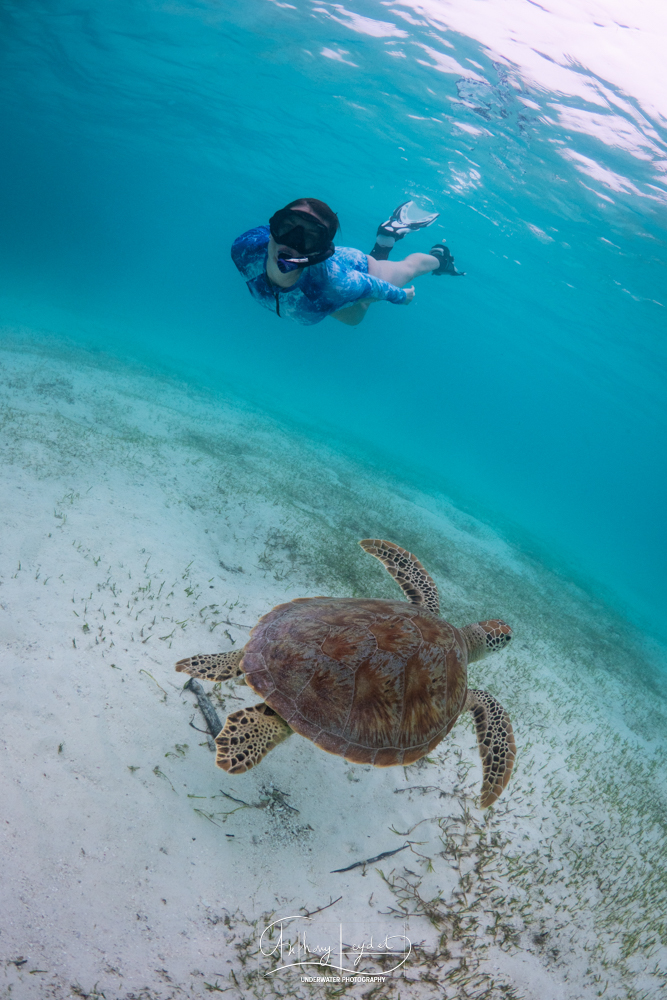
The Dhuni Kolhu lagoon is also an ideal place to meet another species of sea turtle, the hawksbill turtle Eretmochelys imbricata, which, along with the green turtle, represents the two most common species in tropical waters. This second species prefers coral reefs, as it feeds mainly on hard and soft corals.
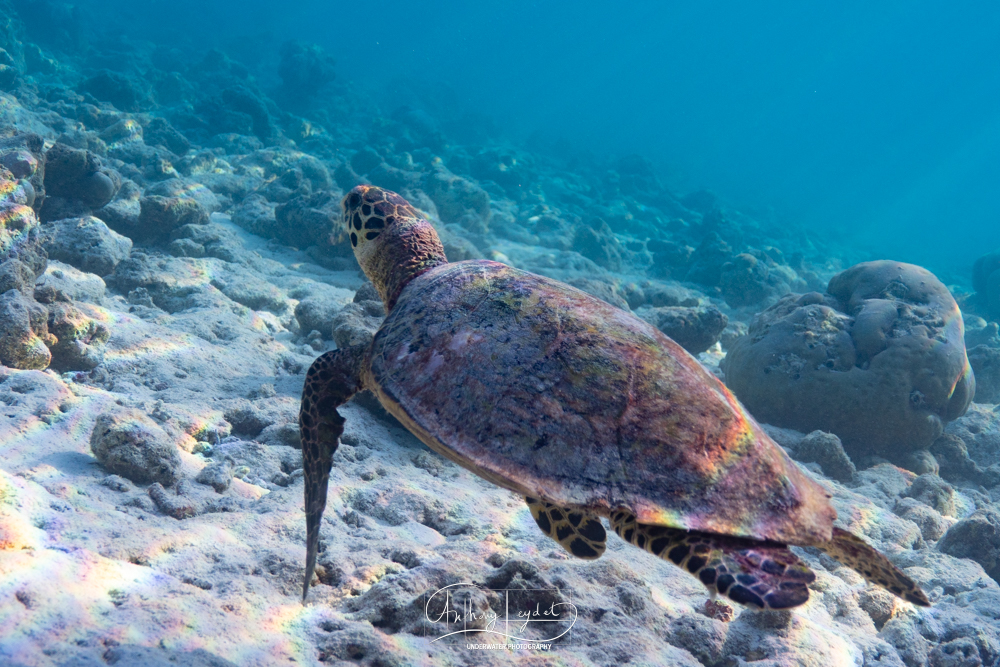
A care clinic for sea turtles
In 2015, Coco Collection Hotels signed a partnership with Ridley’s turtle protection association, the Olive Ridley Project, resulting in the creation of a Marine Turtle Rescue Centre on Dhuni Kolhu Island.
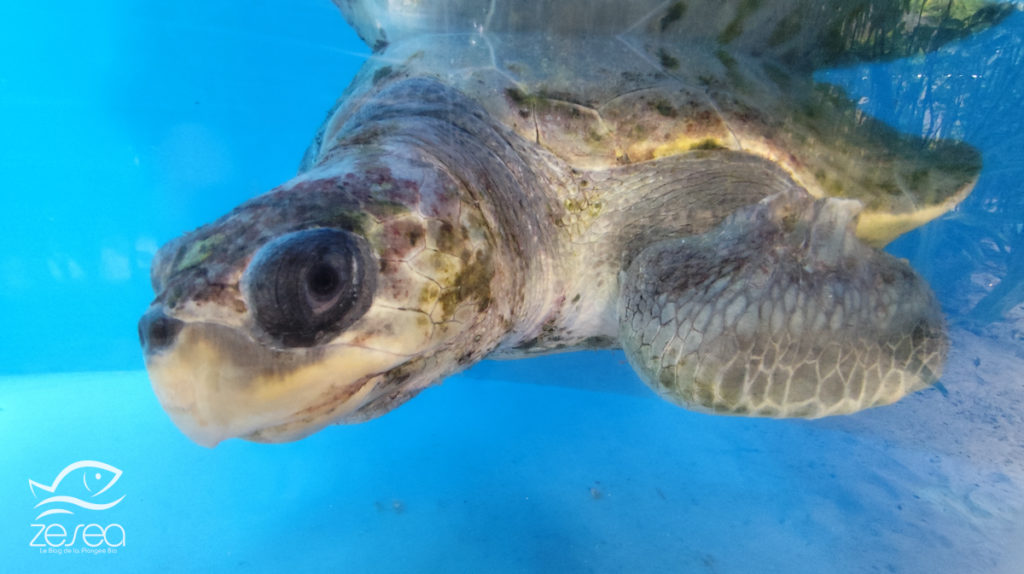
This is a magnificent area accessible to all those present on the island, where you can visit the multiple tanks housing the turtles under care. These are essentially Ridley’s ridley turtles, also known as olive ridley turtles (Lepidochelys olivacea), a species rarely encountered by divers, as it has a pelagic lifestyle (i.e. in open water offshore). Unfortunately, they regularly get caught in abandoned fishing nets. This is the case for most of the turtles here, who were rescued in time. Of course, the clinic has its own treatment rooms, where a veterinary surgeon performs operations such as flipper amputation.
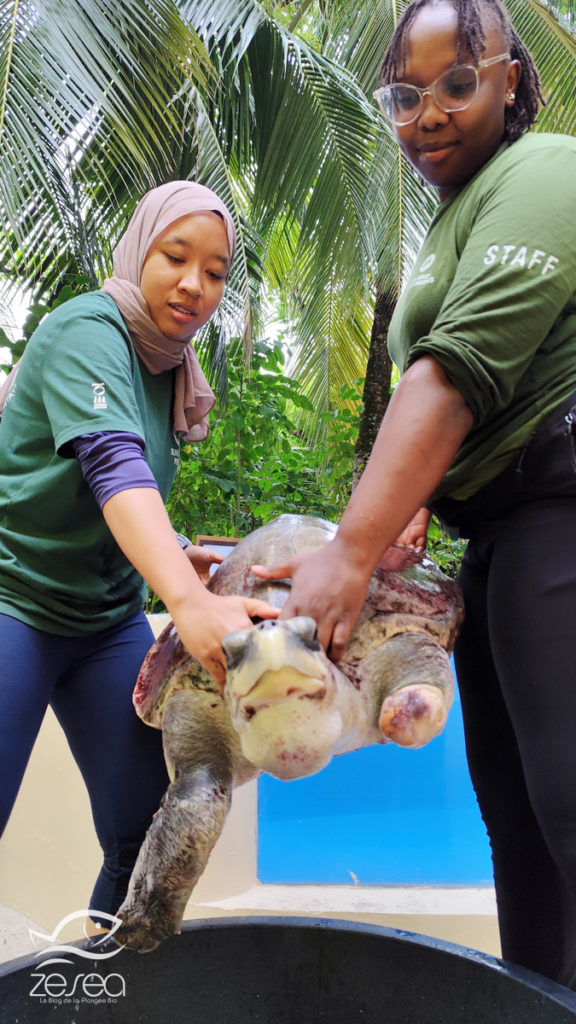

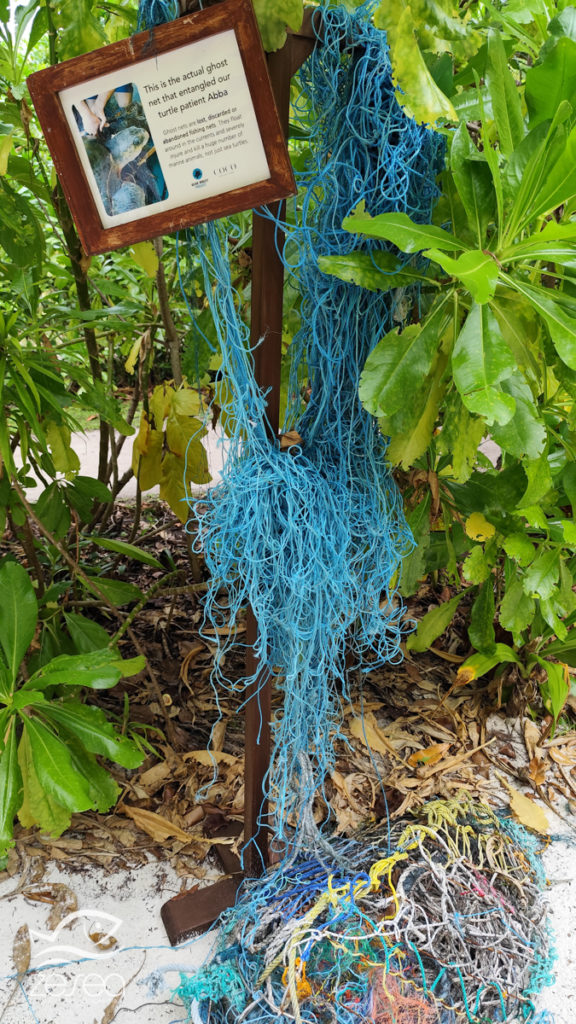
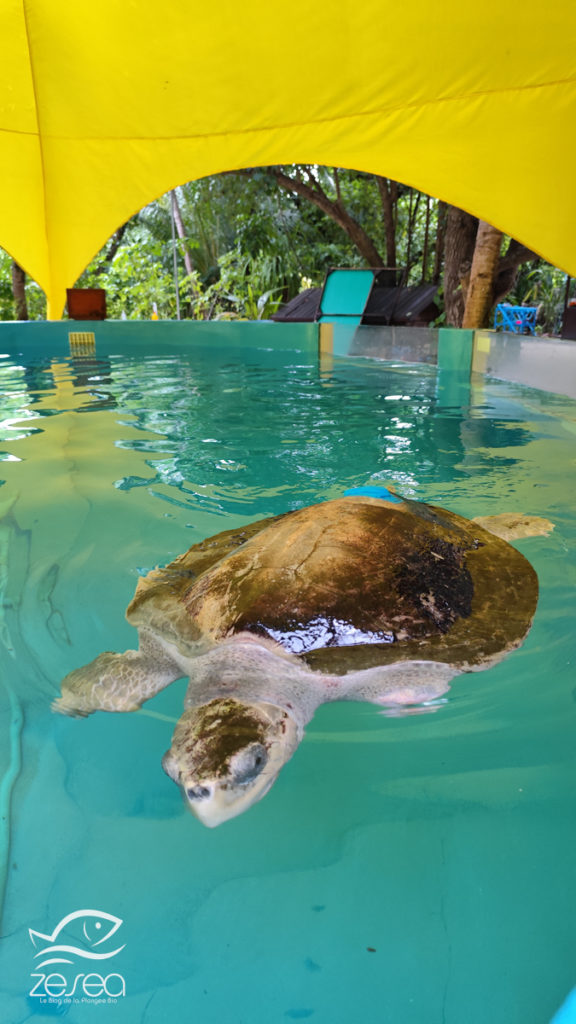
After a few weeks or months of convalescence, some turtles can return to their natural habitat. Others remain too fragile to do so…
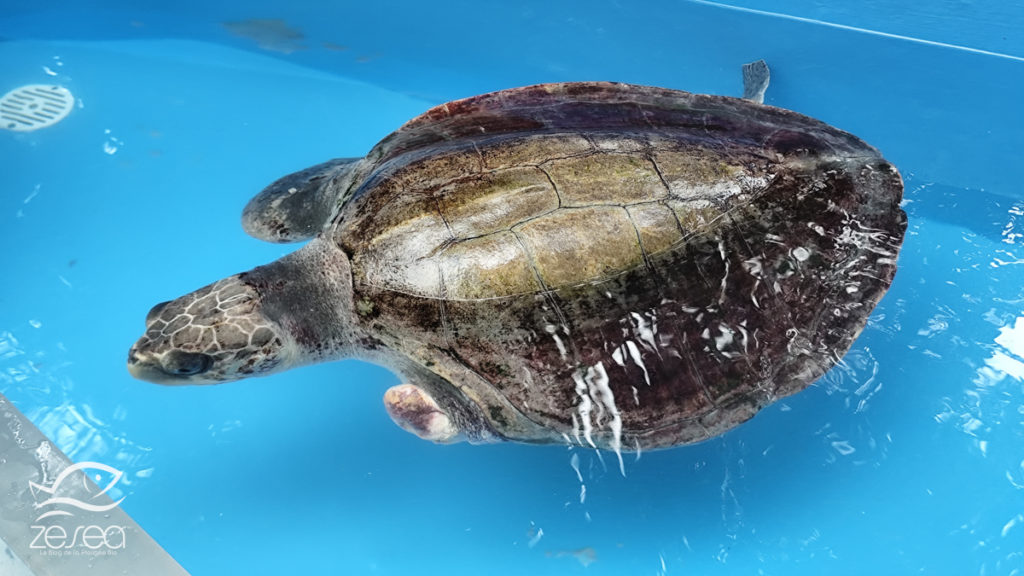
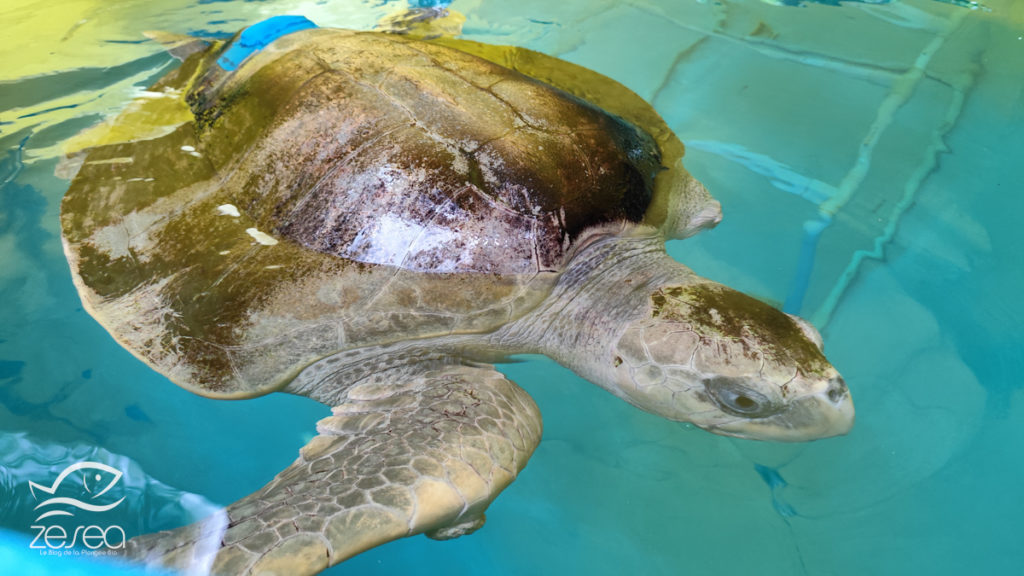
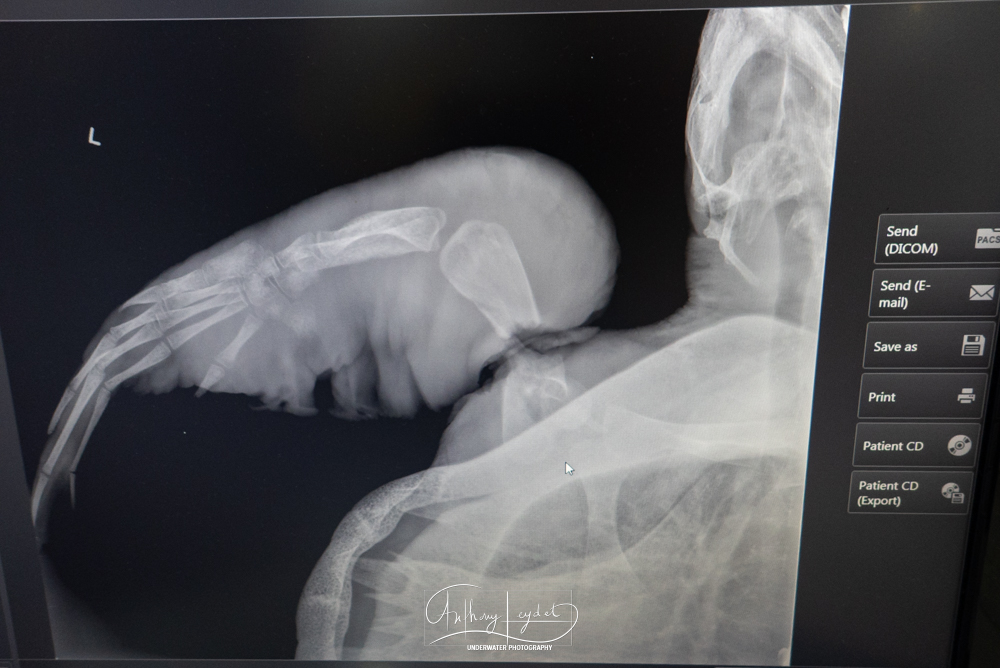
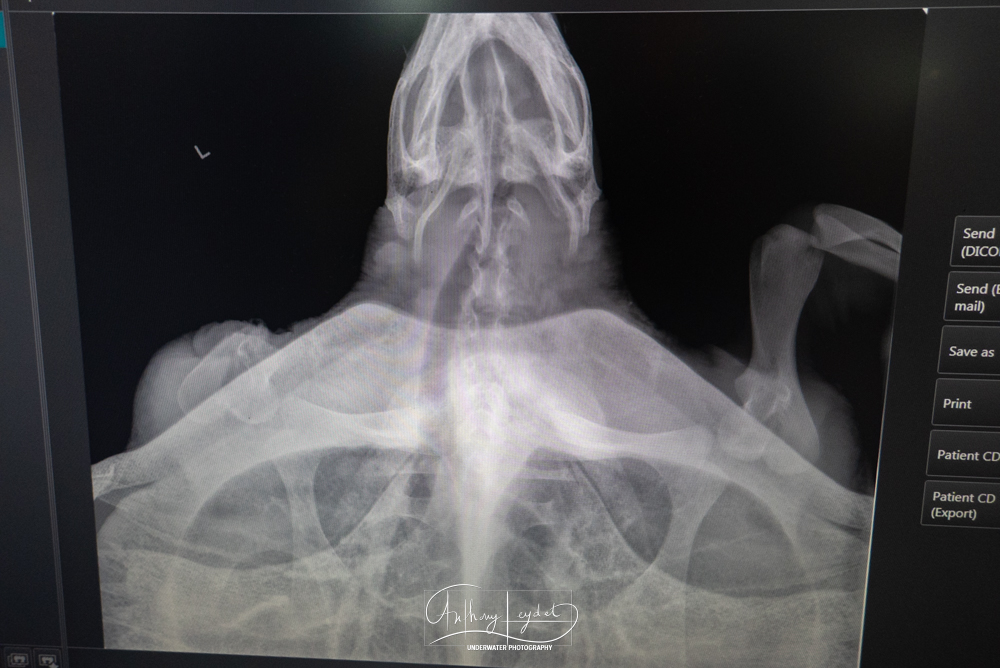
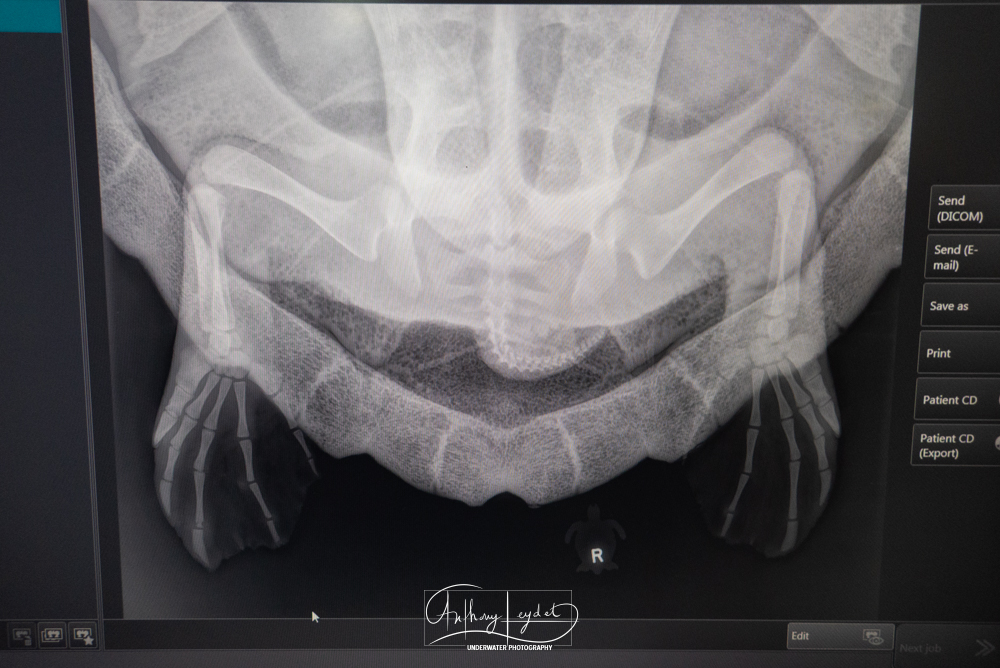
Dhuni Kolhu, an incredible marine turtle nesting ground
Walking around the island, it’s easy to realize the privilege of treading these beaches, where turtles regularly come to lay their eggs. In fact, many turtle nests, marked and protected, appear in multiple locations. These are usually marked with the date of laying, the expected date of emergence and, if possible, the species. The three species mentioned above – hawksbill, green and olive ridley turtles – regularly lay their eggs on the beaches of this small island in the Baa atoll. These nests are regularly monitored by the marine biologist on site, and some are even equipped with an infrared camera and sensors to warn her of any intrusion or when the little turtles start to emerge from their eggs. It takes an average of 50 to 70 days from egg-laying to hatching.
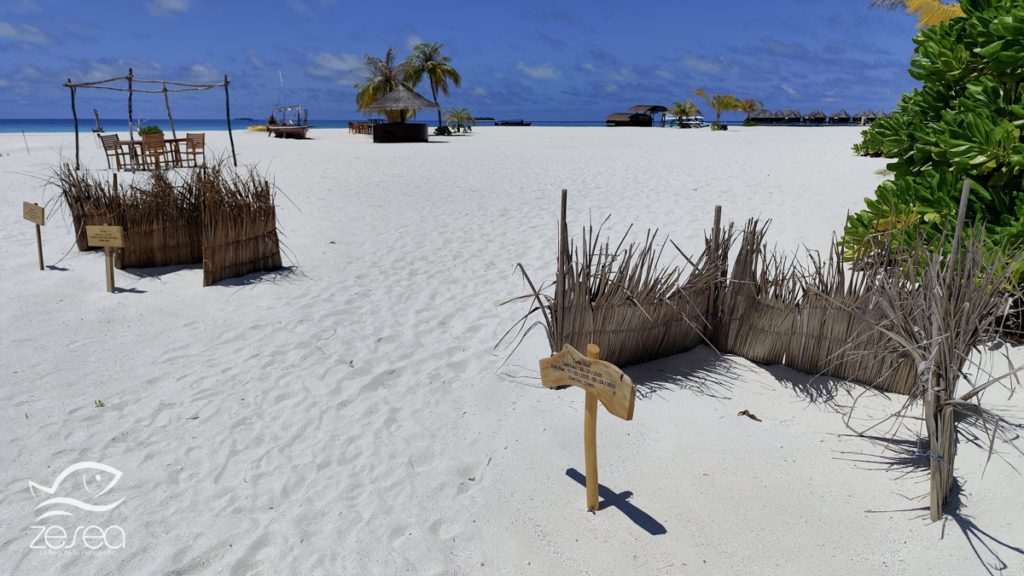
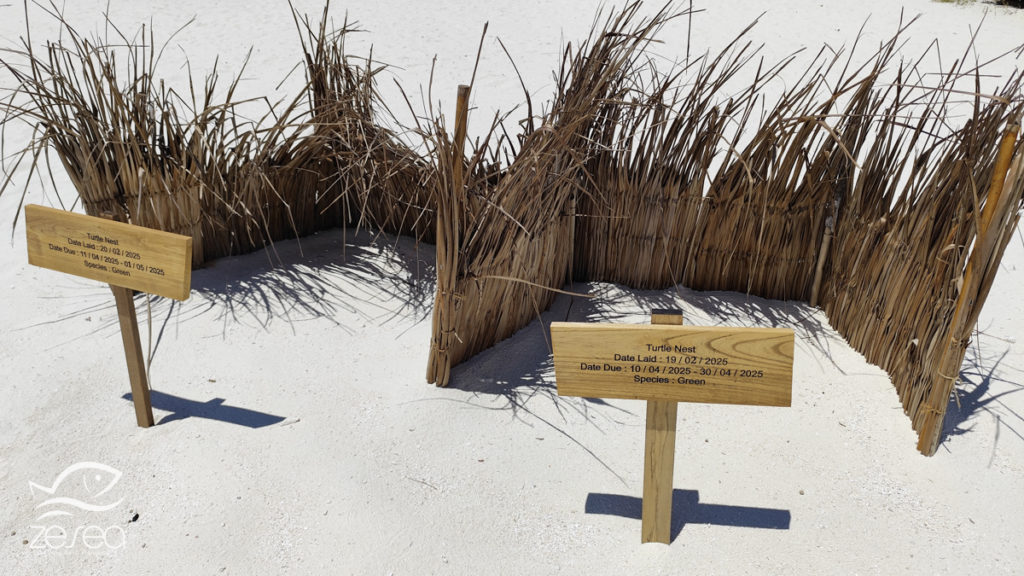
Sea turtle nesting and hatching on Dhuni Kolhu in figures :
Between 1st of January and 31th of May 2025, 15 nests gave birth to sea turtles ! This represents a total of 1,420 eggs, of which 987 hatched. 21 nests were counted in 2025 at this date, but 3 were unfortunately flooded due to unfavourable weather conditions. On 1st of June, 3 nests were still waiting to hatch. These 21 nests all belong to 2 species: the olive ridley turtle and the green turtle.
Witness the emergence of sea turtles… a moment of rare intensity !
The highlight of an extraordinary trip is when a dream comes true ! During our stay, one of the many nests on the island’s beaches was just reaching its expected hatching period. And it was almost frustrating to watch the days go by without any sign of activity in the nest… until the last evening ! And the message on my phone rang out at exactly 19:13 (a Whatsapp group allows you to register and be notified of the turtles’ emergence, with total respect for the animals and under the supervision of the scientific team) !
A few hours of waiting followed, before the Olive Ridley turtles emerged and hurried to the shore after crossing the beach. The effort they put in just out of their protective shells is simply incredible, but totally necessary to optimize their chances of survival. Even so, it is estimated that only one turtle per clutch will reach adulthood… Mother Nature can sometimes be cruel.
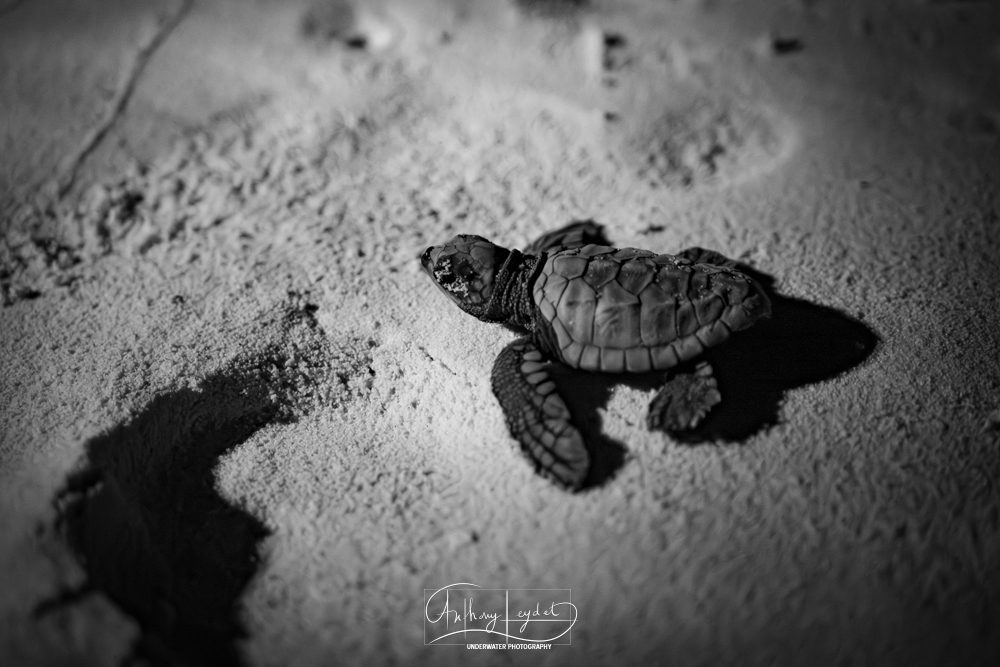
These photos were taken at night, using only red light to avoid disturbing the turtles. But also to help guide some disorientated turtles towards the shore. The slightest white light can instantly attract them and divert them in the wrong direction.
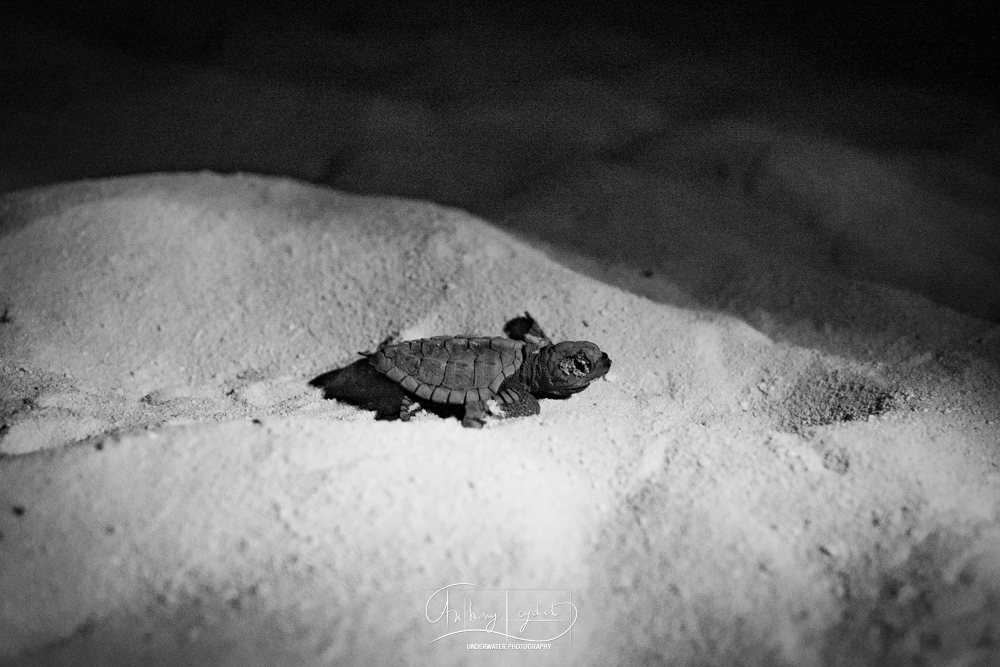
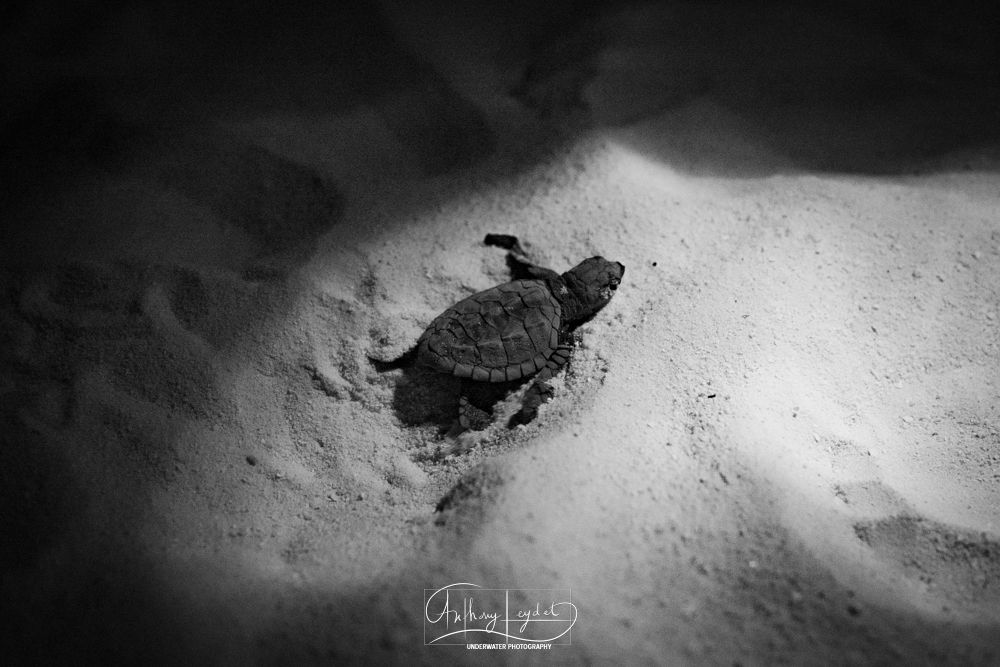
The sumptuous pearl of the Baa atoll in the Maldives, the small island of Dhuni Kolhu was literally a “coup de coeur”, so well preserved and respected is nature here. It seems to want to return the favor, and each immersion in its waters promises its share of surprises !

